Services
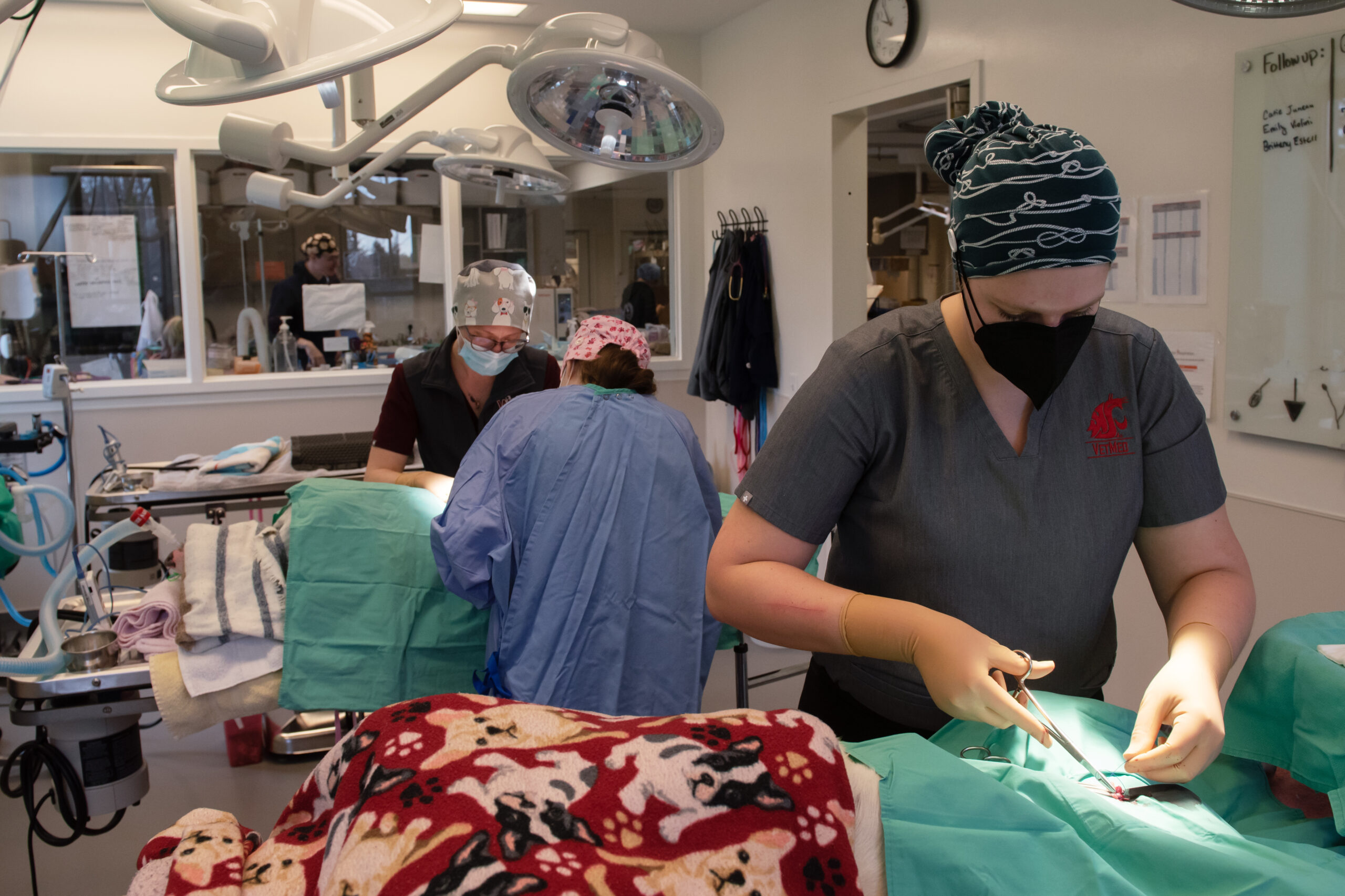
The shelter’s Schuler Family Medical Center is a high-volume teaching hospital. In addition to exams and surgeries for shelter pets, Seattle Humane provides affordable spay & neuter surgery, and wellness care, vaccinations and microchips for pets of low-income guardians through our Community Clinic.
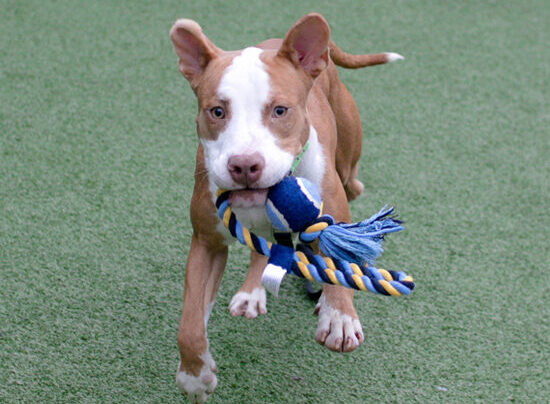
Our dog training classes use positive reinforcement methods to focus on good manners in the real world, socialization and giving you the tools to prevent or address behavior challenges. Learn more and register for classes!
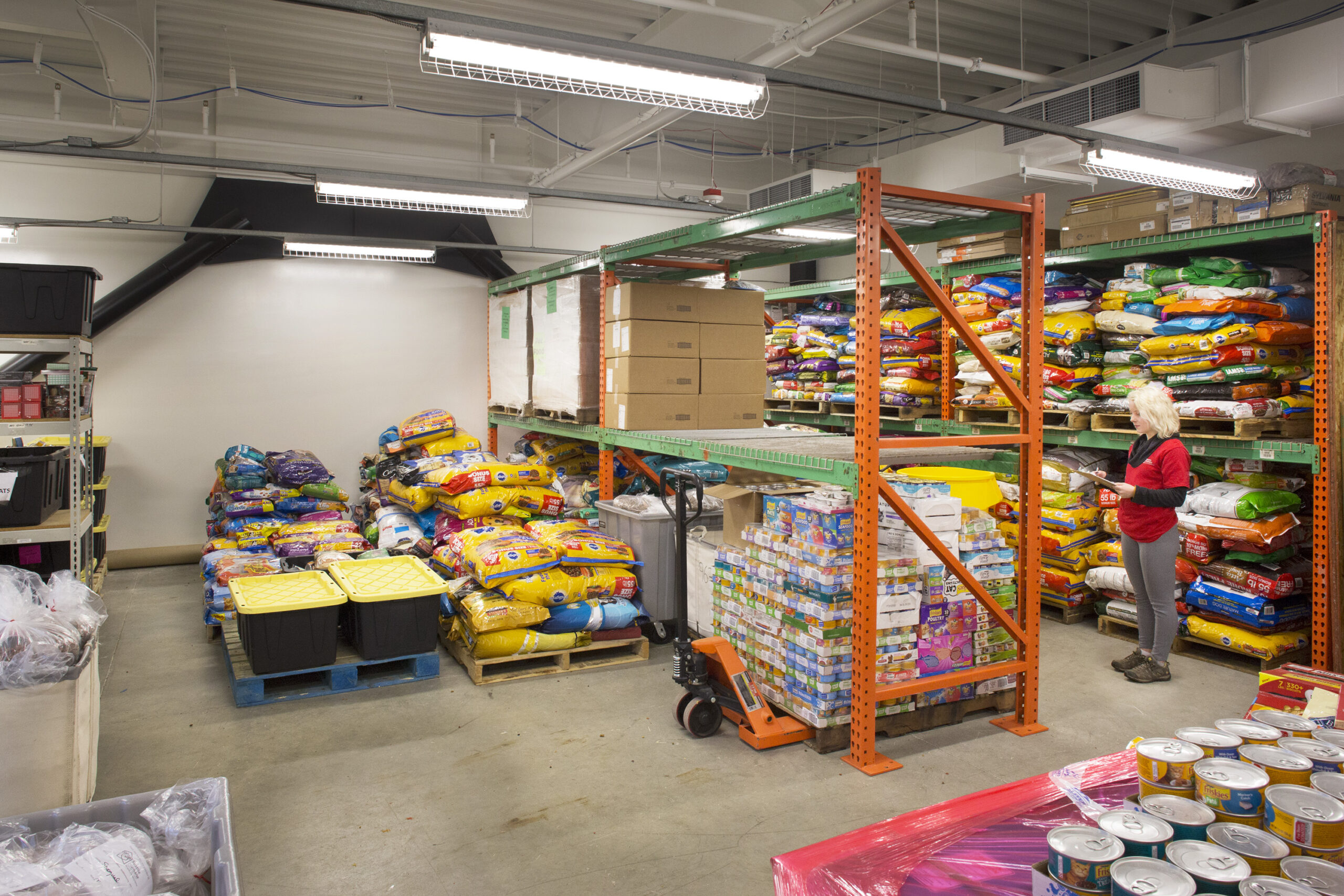
Pet Food Bank
Seattle Humane’s Pet Food Bank collects and distributes pet food donations to pet owners in the community. The program provides nearly 1 million meals each year of donated pet food to families and food banks throughout the region. Learn more on this page about upcoming walk-up hours, requesting support and giving support.
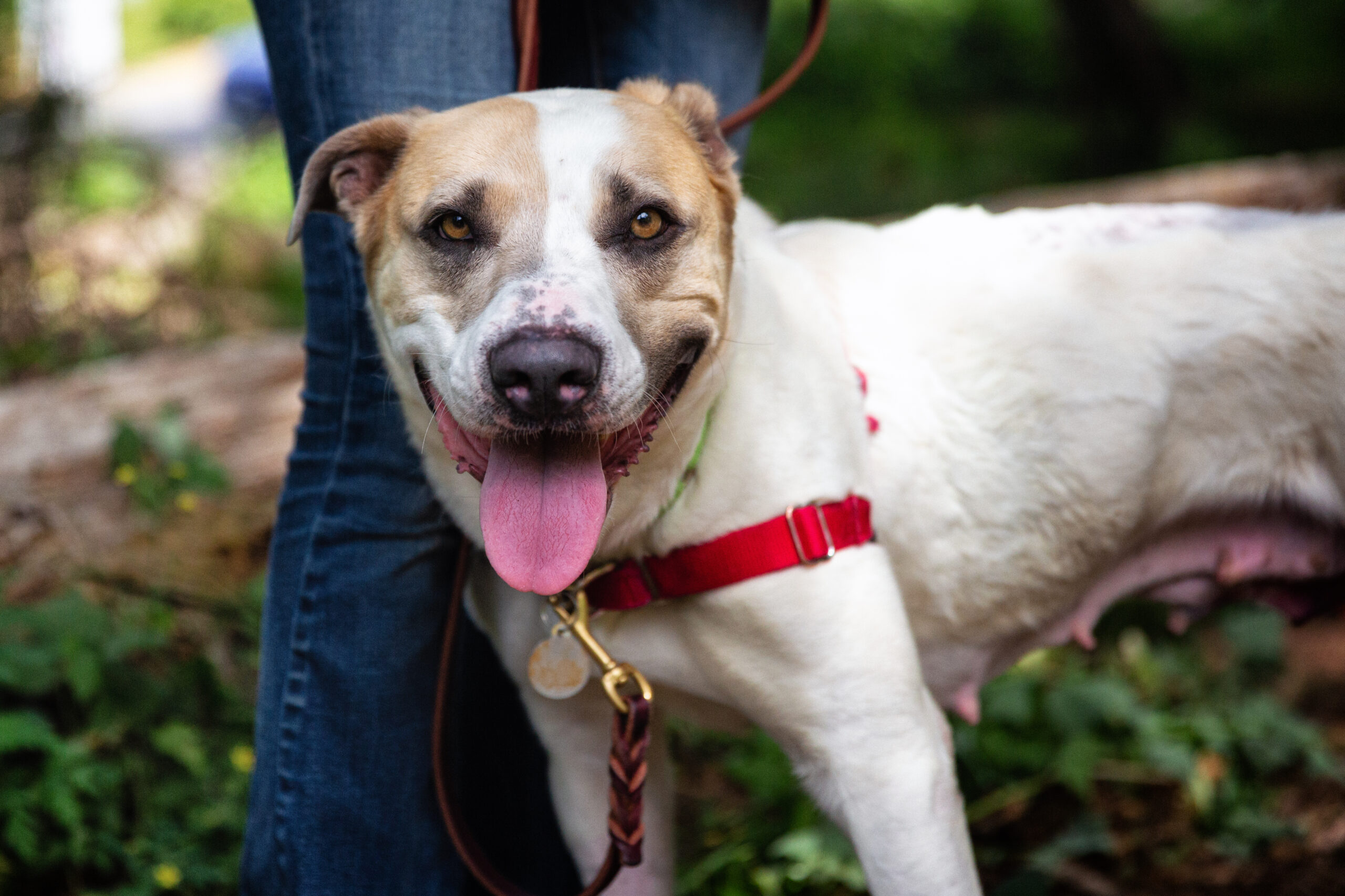
Sometimes situations arise that make it difficult for you to keep your pet. Though we love to help you find a way to keep them, we’ll do our best to help you rehome. Find resources and information about rehoming on this page.
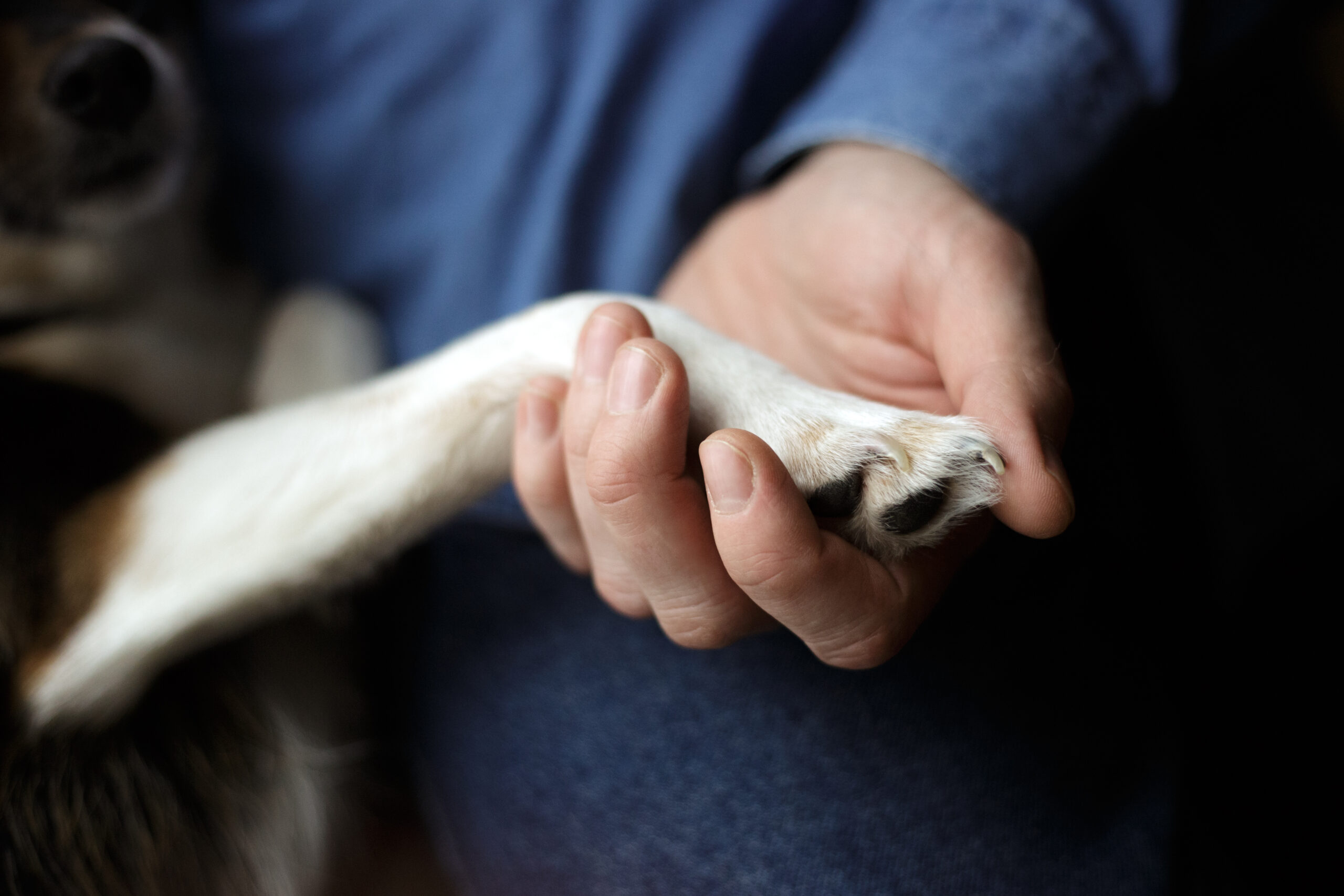
Seattle Humane offers cremation and humane euthanasia services as well as pet loss support groups as a place for pet owners who have suffered a loss to work through the grief process in a non-judgmental environment. Learn more on this page.
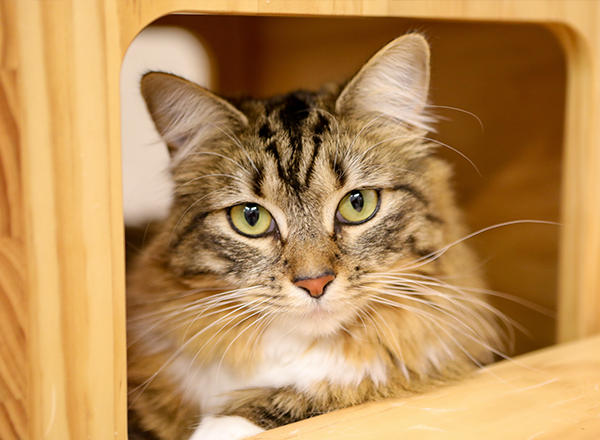
Seeking temporary foster care placement through your social networks, friends, family and neighbors can often provide an immediate solution for pet owners. It is our first suggestion when considering options for temporary care.
This program is designed to support pet owners who may be facing the decision to surrender their animal to a shelter. Rather than having to part with their pet, Seattle Humane’s animal care team and foster families step in to provide care for up to 90 days. The goal is to reunite pets with their owners, offering them both a second chance to stay together.

stay in the loop!
Get Updates from Seattle Humane
Receive emails with Seattle Humane news, inspiring stories, upcoming events and ways to support our lifesaving work.



